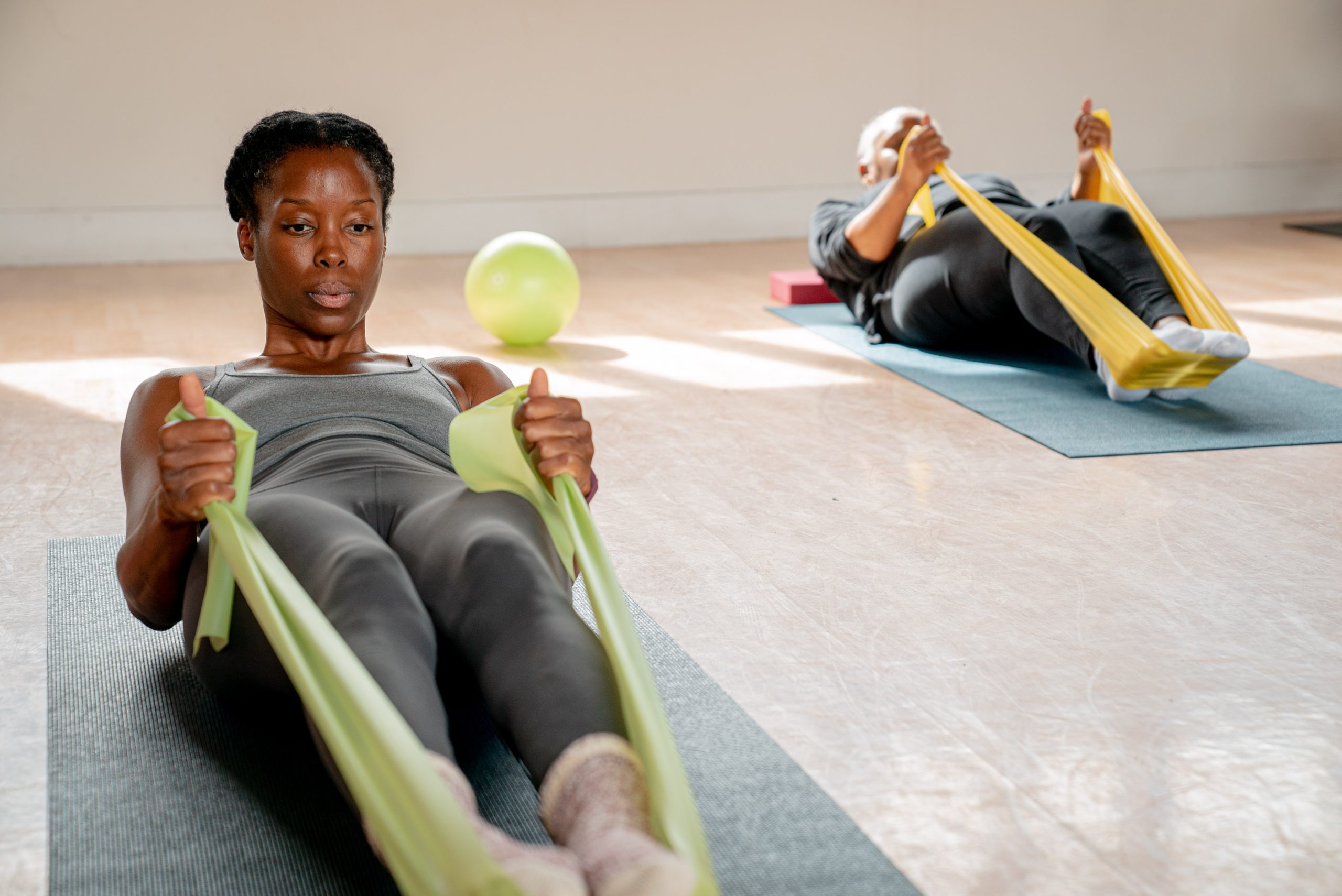How to Become a Personal Trainer
If you’re looking to turn your passion for fitness into a successful career, then you’re in the right place. After all, we are the UK’s most experienced fitness training provider and have helped develop over 125,000 careers in the industry. We helped shape the industry and understand what it takes to help people succeed in the fitness world and start their careers.
This is a great time to join the fitness industry
To become a personal trainer in the UK you will need a CIMSPA accredited Level 3 Personal Training Qualification
The fitness industry is continuing to grow as more people are taking care of their health and wellbeing. Find out how you can start a career working in a gym, health and fitness centre or as a freelancer with our simple 8-step guide.
8 easy steps to becoming a world-class Personal Trainer

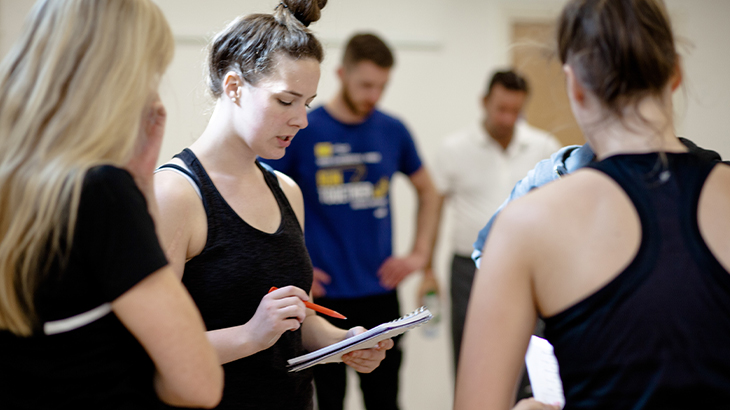
As a Personal Trainer, you will need to invest in yourself to develop the skills and knowledge to be the best you can be. If you want a long lasting, successful career it’s important to choose the best course and training provider for you. If you’re after a quick and easy certificate, you have come to the wrong place. We have developed the most complete course in the industry, with everything you need to become a top Personal Trainer.
We don’t want you to sweat the payments so we have a number of payment options including low deposits, 0% finance and government-backed Advanced Learner Loans
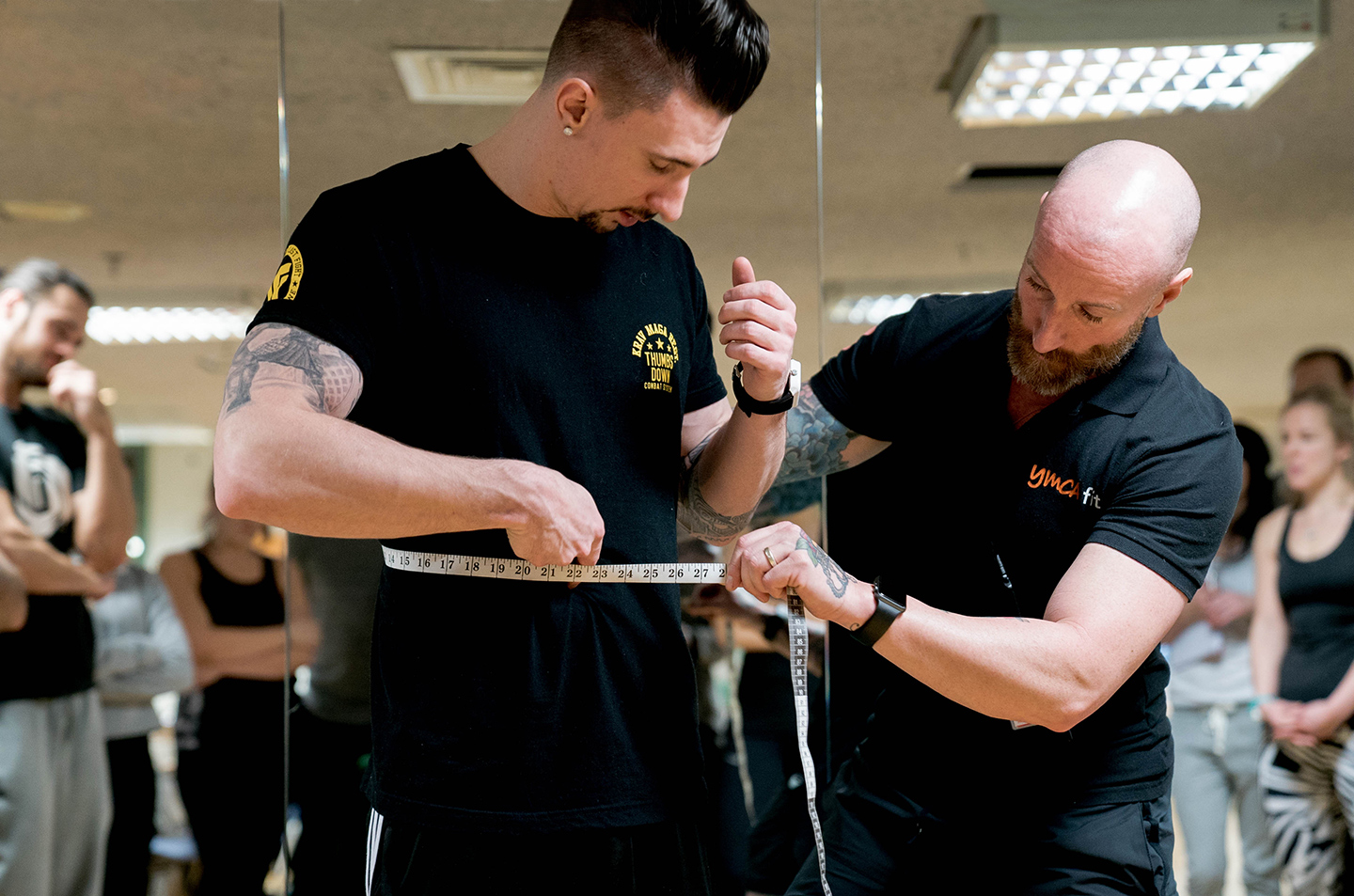
Starting your course will be an exciting time. Our Tutors are the best in the industry (82% of our students have said they are “exceptional”) and will teach and inspire you to be the best you can be. Make the most of this time and and take advantage of all the support you will have available.
There is a lot to learn in the Level 3 Personal Training course but we’ll give you all the tools, knowledge and support you need to complete your qualification and go on to have an amazing career.
We have invested in building a fantastic support team to help you along the way. As a YMCAfit learner you will get kickstart sessions, an on-hand support team, a designated learning support tutor, support workshops, a revision tips hotline and more.
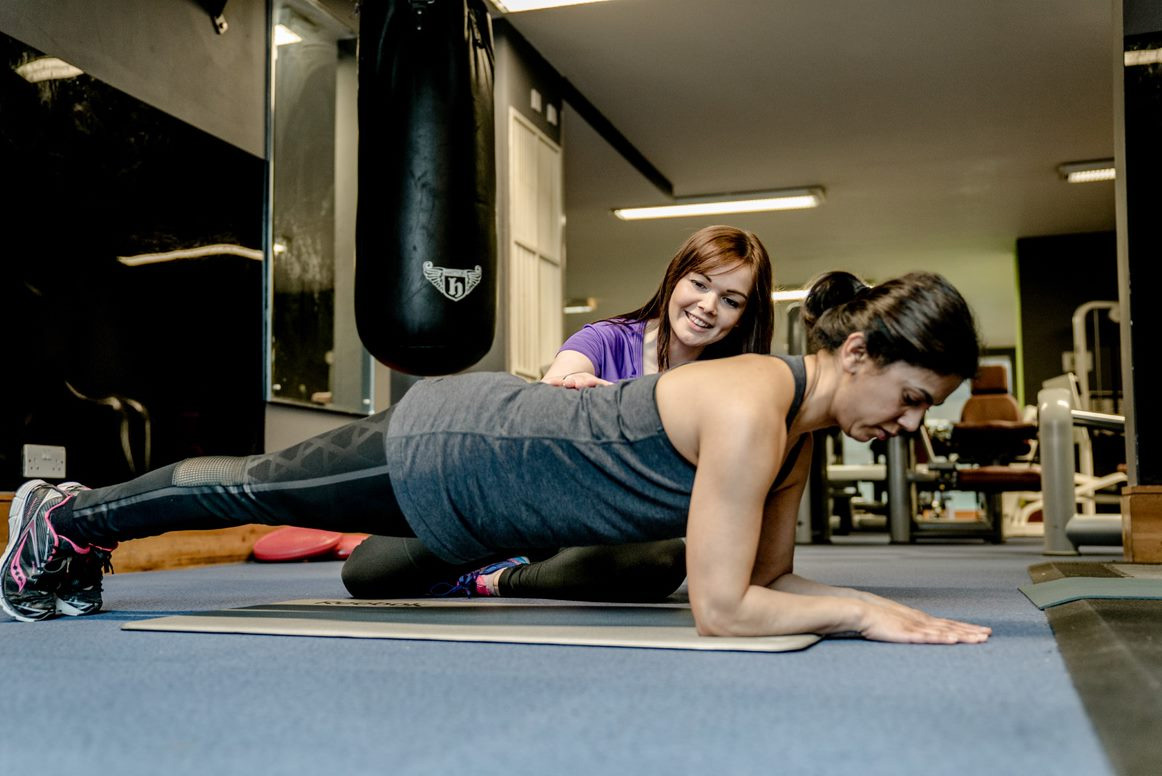
Gaining experience will help you develop your skills and respect within the fitness industry. The demand for Personal Trainers is growing each year, which means that there are a lot of great opportunities out there.
Once you have completed the first section of your course, the Level 2 Gym Instructor, you can already start volunteering at your local gym or health club and building relationships for when you complete your course.
Join an open evening to find out more about becoming a Personal Trainer
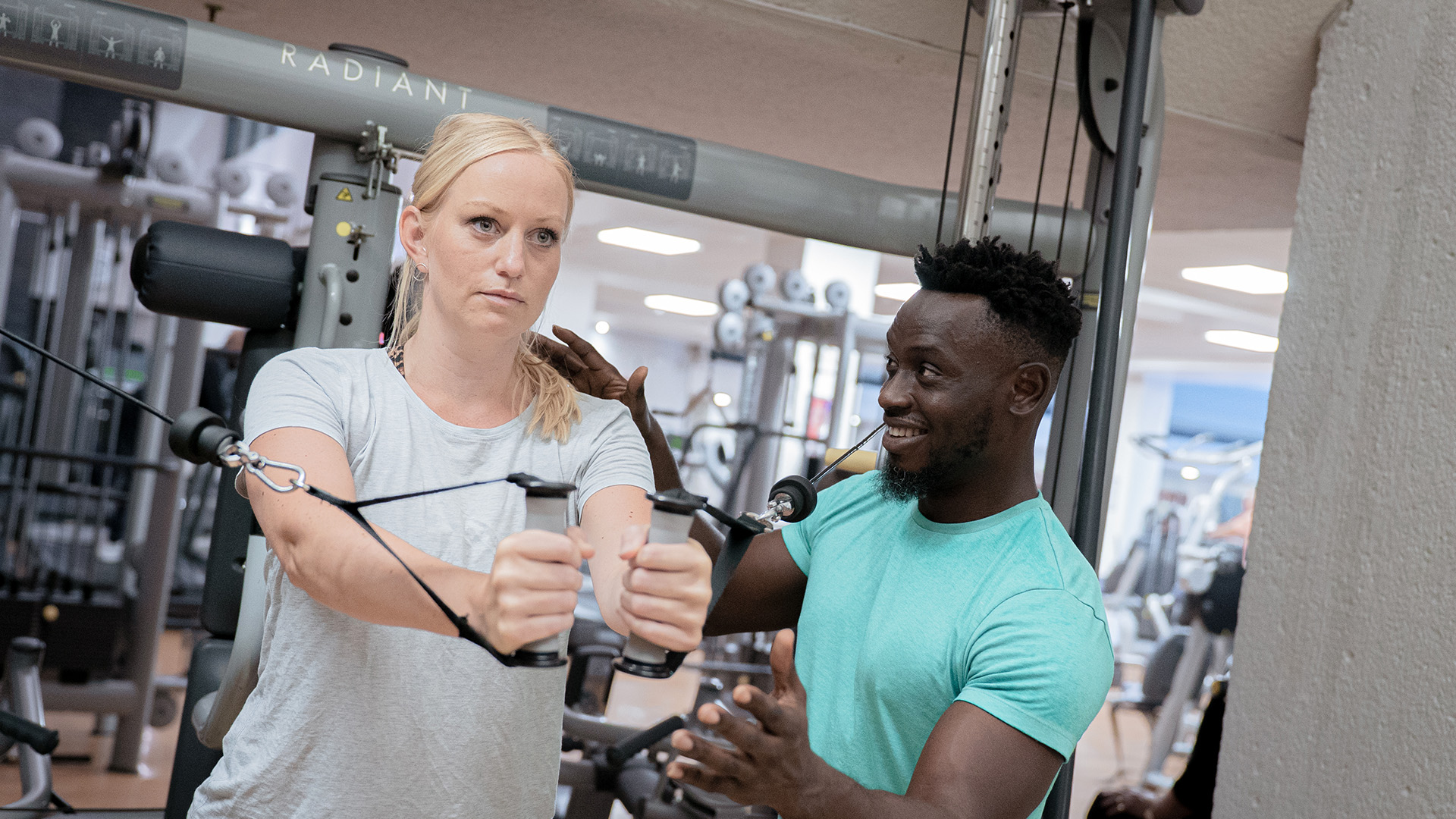
All businesses and freelancers require insurance; Personal Trainers are no exception. Without insurance, you will not be able to train people in most gyms and you could find yourself liable for costs if any clients are injured.
Insurance drastically differs in their level of coverage, specialties, additional support and cost. Research what will suit you and your needs.
Read our short guide about Insurance for fitness professionals for more information and advice.
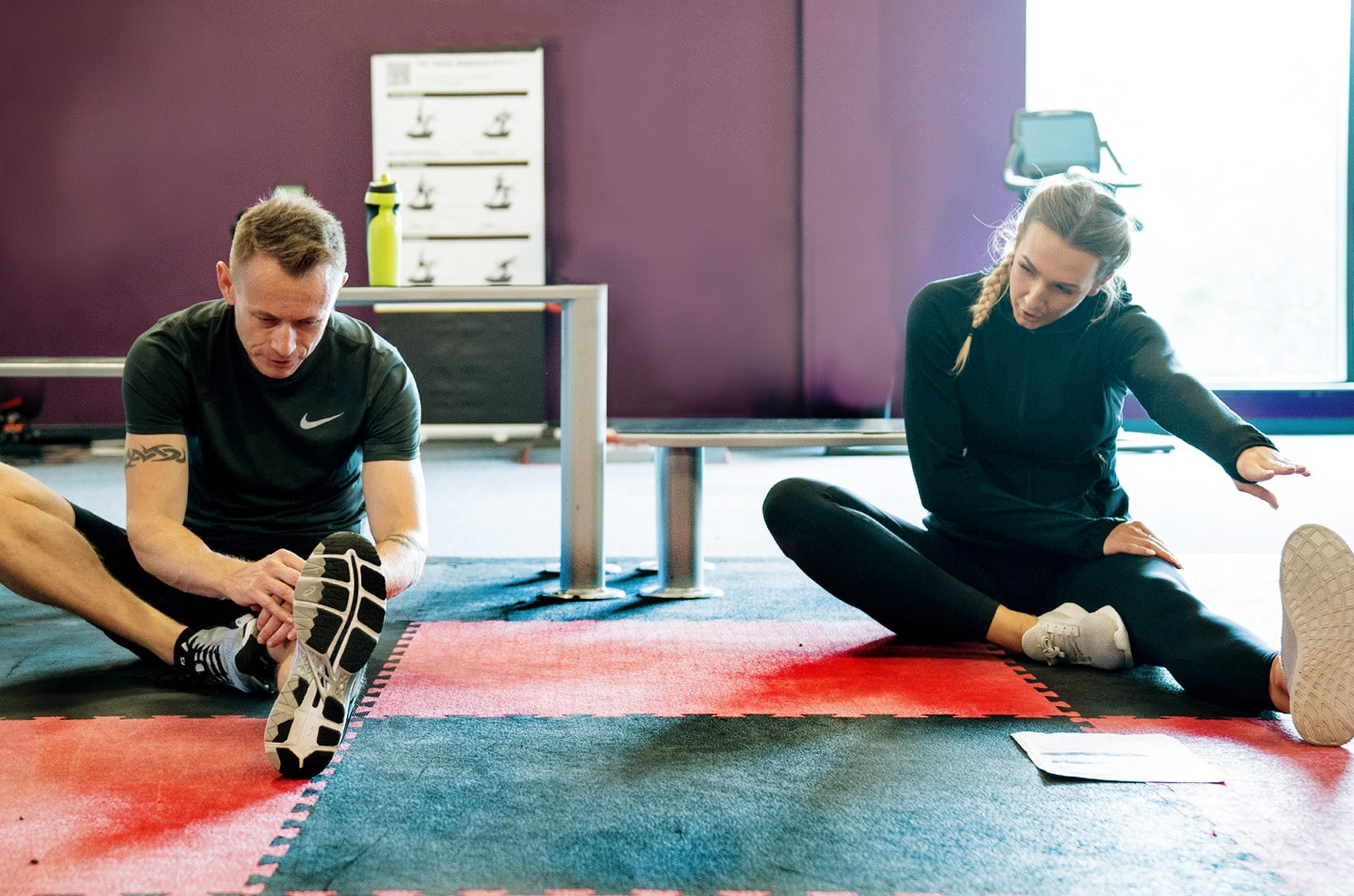
Once you are qualified as a Personal Trainer, there are many career paths you could take from working in a gym, cruise ship or holiday resort to supporting athletes training for competitions.
Since the Covid-19 pandemic there has been a shortage of PT’s and employers actively seek our graduates so you shouldn’t have difficulty in finding a job.
Most people start off working in one of these three paths:
- Employed by a gym – you will have a guaranteed income and set of clients but your earning potential is capped.
- Freelance for a gym – you will have more freedom and greater earning potential but will need to spend more time running your own business and seeking new clients.
- Self-employed – you will have the most flexibility and autonomy and can establish your own brand and eventually even own a gym. You will have uncapped earning potential but also less financial security and a lot more work.

To become a successful Personal Trainer you will need to build your client base and will have to work on building a strong reputation and getting yourself out there. People are more likely to book with you if they know you and like you so it’s important to walk the floor, build relationships, help members if they need advice, spot them, etc. Don’t be pushy though as that can put people off.
Helping with gym inductions, teaching classes at the gym and offering free consultation sessions are also great ways of getting to know potential clients.
If the gym you work from has a newsletter or social media account, you could offer to write a blog post or record a video with exercise tips so that members can get to know you.
Get yourself on social media with a fitness-specific account and showcase the progress your clients are making, your knowledge and make sure you’re adding value to your followers so that they continue engaged.
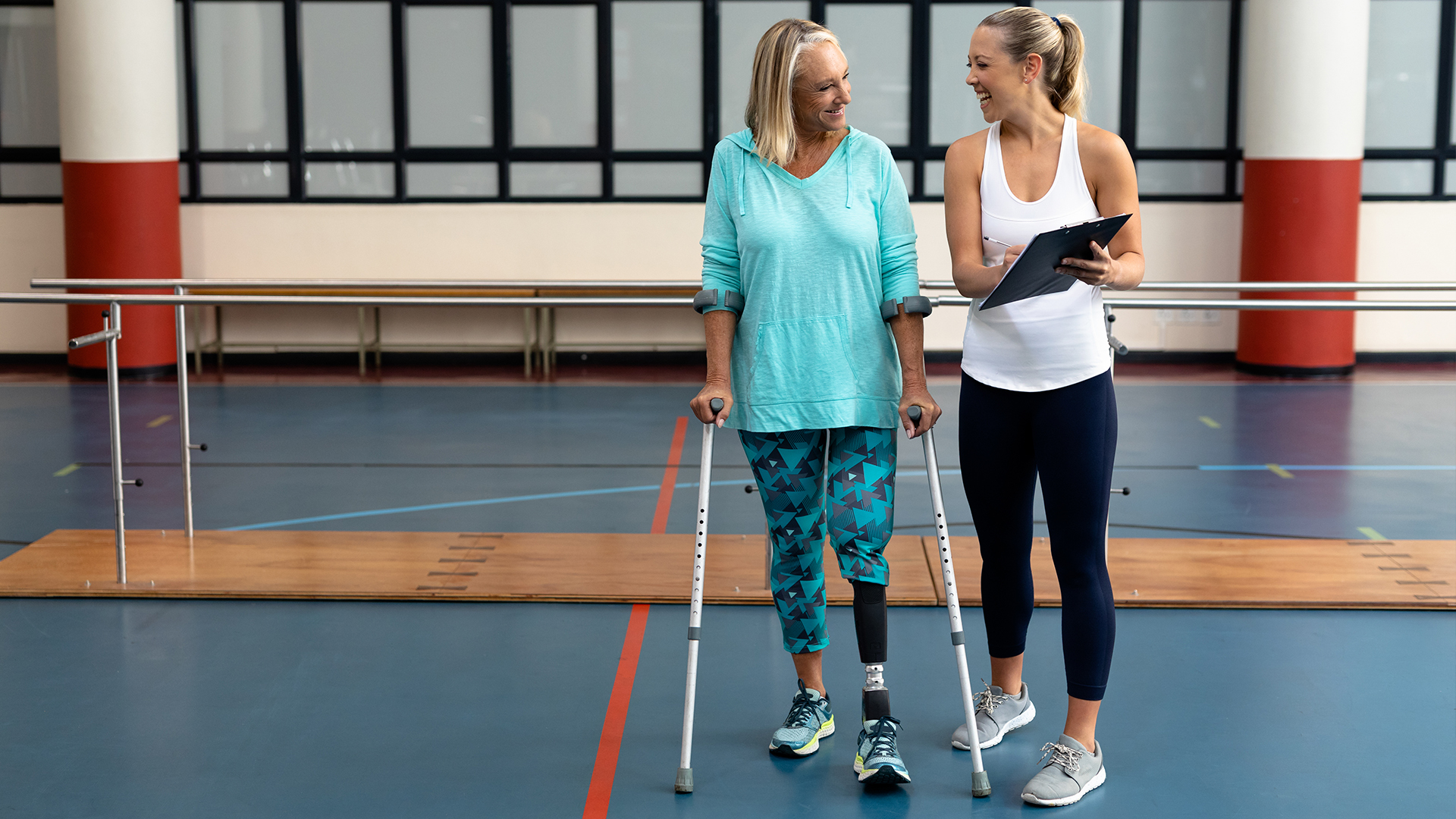
Once you have qualified, Continued Professional Development courses (CPDs) will help you increase your earning potential by specialising in a specific population group and offer exclusive fitness classes to a broader client base. This is a profitable way to refine your skills, boost your career and progress as a trainer.
You can gain a CPD qualification to work with the growing older adult population, pregnant women, people with disabilities or people with a range of common medical conditions such as asthma, diabetes, arthritis, obesity, depression and stress. Working with these groups will not only expand your client base, but is also very rewarding as you will be truly helping to transform someone’s life.
You could also give yourself an edge, impress your clients and expand your portfolio by learning skills such as High Intensity Interval Training, Padwork, Kettlebells Suspension Fitness or even incorporating elements of Yoga or Pilates into your sessions. You could take your Personal Training career in many directions but it’s important to invest in yourself as you are your product.





